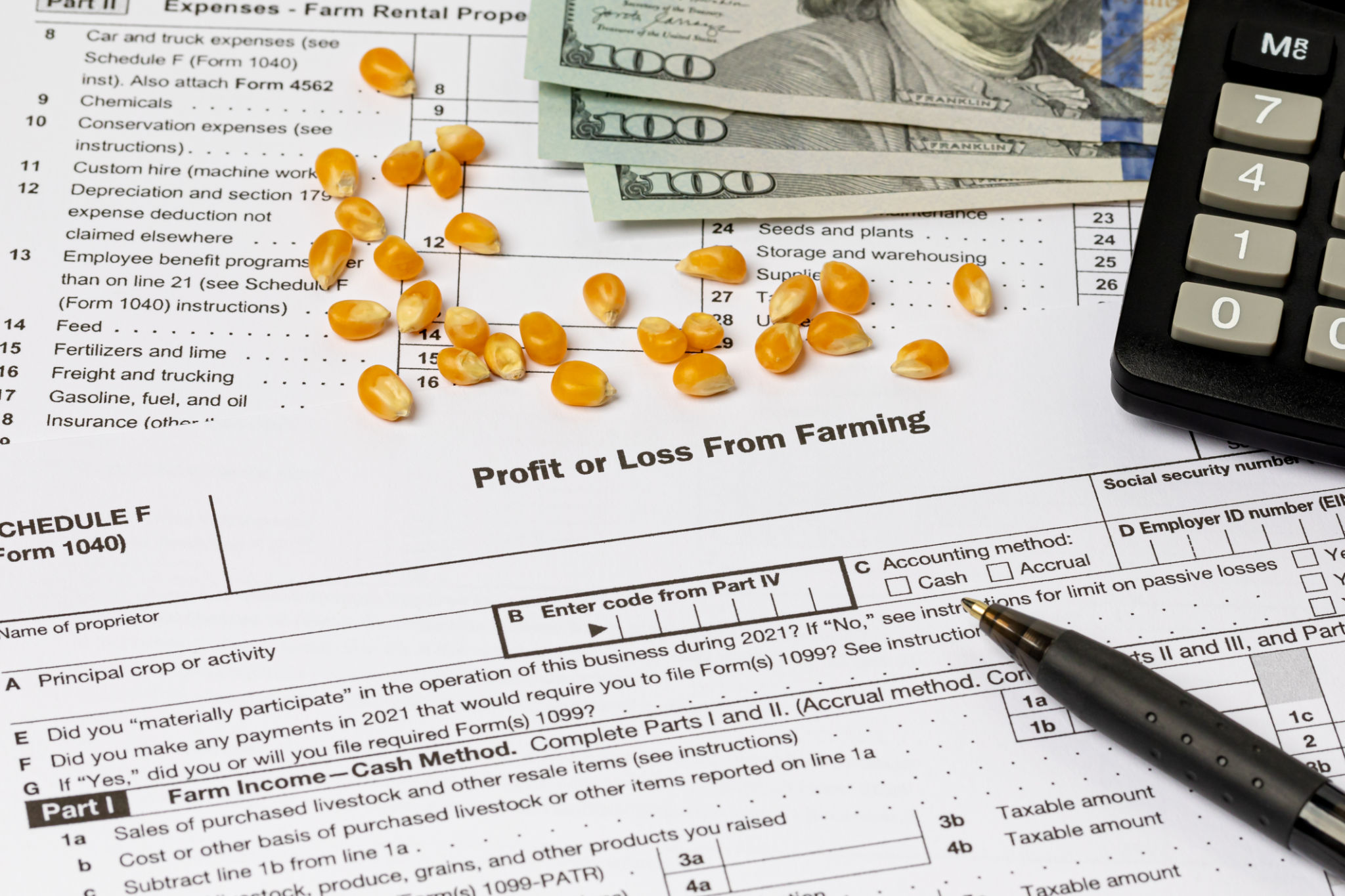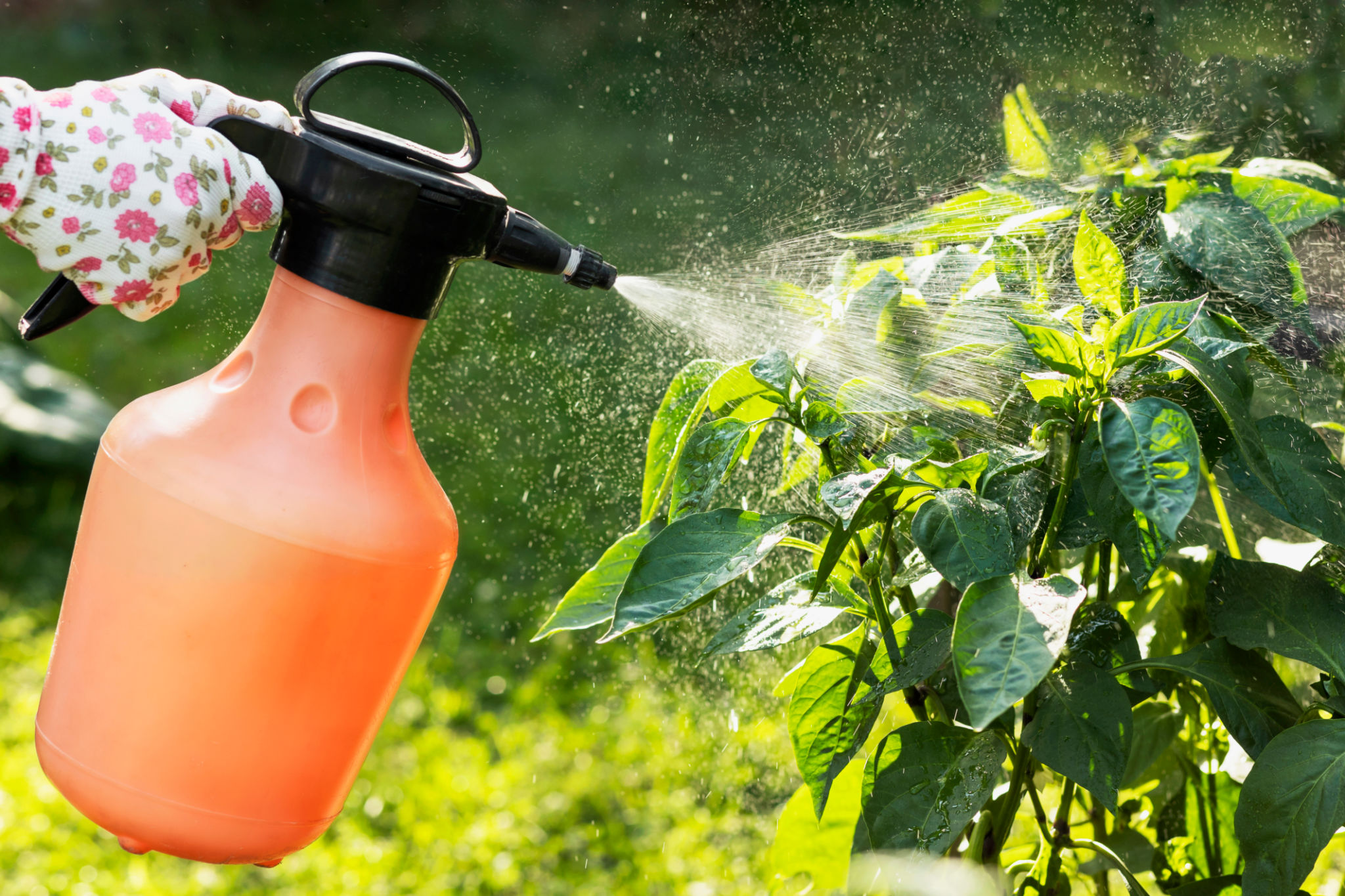Maximizing Agricultural Inputs Efficiency: Strategies for Sustainable Growth
Understanding Agricultural Inputs
In the quest for sustainable agricultural growth, maximizing the efficiency of agricultural inputs is crucial. Agricultural inputs refer to the resources used in farm production, including seeds, fertilizers, pesticides, water, and labor. Efficient use of these inputs can lead to increased productivity, reduced environmental impact, and enhanced profitability for farmers.
Agricultural inputs form the backbone of farm operations. However, their misuse can lead to excessive costs and environmental degradation. Therefore, developing strategies to optimize their use is imperative for sustainable agriculture.

Optimizing Fertilizer Use
Fertilizers are vital for crop growth but can be harmful if misapplied. To maximize their efficiency, farmers should focus on the 4Rs: Right source, Right rate, Right time, and Right place. This approach ensures that crops receive the necessary nutrients without excess leaching into the environment.
Precision agriculture technologies, such as soil testing and GPS-guided equipment, can further enhance fertilizer application by tailoring it to specific field conditions. This reduces waste and promotes healthier crop yields.
Water Management Techniques
Water is another critical input that requires careful management. Efficient irrigation systems, such as drip or sprinkler irrigation, can significantly reduce water wastage compared to traditional flood irrigation methods. Implementing rainwater harvesting systems can also help farmers utilize natural water sources more effectively.

Furthermore, adopting drought-resistant crops and implementing soil moisture monitoring can aid in conserving water resources. These strategies are particularly important in regions facing water scarcity due to climate change.
Pest Management Innovations
Effective pest management is essential for protecting crops without resorting to excessive pesticide use. Integrated Pest Management (IPM) combines biological, cultural, mechanical, and chemical tools to manage pest populations. This approach reduces reliance on chemical pesticides and minimizes environmental impact.
Biopesticides and natural predators are increasingly popular alternatives that provide eco-friendly solutions for pest control. Incorporating these methods into farming practices can lead to healthier ecosystems and more sustainable agricultural systems.

Embracing Technological Advancements
The advent of technology in agriculture offers numerous opportunities to enhance input efficiency. Drones, sensors, and satellite imagery provide real-time data that helps farmers make informed decisions about input applications. These technologies facilitate precision farming by allowing for targeted interventions.
Additionally, data analytics and machine learning can predict crop needs and optimize resource allocation, further contributing to sustainable growth in agriculture.
Conclusion: Towards Sustainable Growth
Maximizing the efficiency of agricultural inputs is key to achieving sustainable growth in agriculture. By adopting strategic practices such as optimizing fertilizer use, managing water resources wisely, employing innovative pest management techniques, and embracing technology, farmers can increase productivity while preserving the environment.
As global demand for food continues to rise, these strategies will play a pivotal role in ensuring that agricultural practices remain economically viable and environmentally sound. Sustainable agriculture not only meets current needs but also safeguards resources for future generations.
